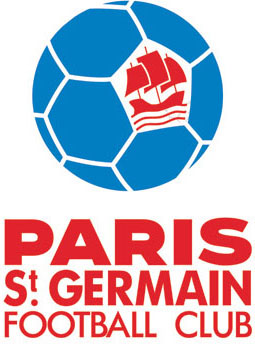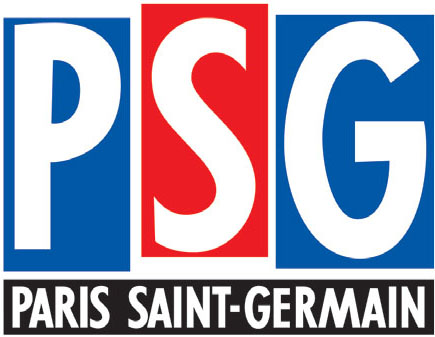
PARIS SAINT-GERMAIN
IN THE KING’S CRADLE
Zlatan Ibrahimovic, Ángel Di María, Thiago Silva and Neymar. Paris Saint-Germain have become synonymous with global stars and success, and the club have been the dominant force in Ligue 1 since Qatar Sports Investments bought the club in 2011.
During the 2011/12 season, Montpellier surprised everybody by winning the league, but it was only a matter of time before the capital’s nouveau riche club would take over the driving seat of French football. With seemingly inexhaustible funds, great players were acquired, one after the other.
But Paris Saint-Germain have not always been such a powerhouse in Ligue 1. The capital fought for a long time over its footballing identity, and the birth of the club in 1970 did not mean that the romantic city was at once and miraculously transformed into a football-loving city. Eventually the club attracted legends such as Safet Sušic, George Weah and Jay-Jay Okocha, but the fact is that PSG was long known as the underperformer among the great clubs.
The Qatari billionaires recognised an opportunity when they saw that one of the world’s most popular tourist destinations lacked a football club worth the name. Since the takeover, PSG has been rejuvenated, off the field as well as on. An early crest depicted a football and a ship, the latter taken from the city crest. In recent years, the crest has included respresentations of the Eiffel Tower and the fleur-de-lis.
CLUB: Paris Saint-Germain FC
NICKNAMES: PSG, Les Rouge-et-Bleu (the Red and Blues) and Les Parisiens
FOUNDED: 1970
STADIUM: Parc des Princes, Paris (47,929 capacity)
HISTORIC PLAYERS: Mustapha Dahleb, Dominique Rocheteau, George Weah, Ronaldinho, Pauleta and Zlatan Ibrahimovic

1970–1972. No Paris club had won the league since 1936 when RCF Paris were crowned champions. Therefore a project was begun to relaunch top football in the French capital. Thus Paris Saint-Germain was founded in 1970 through a merger of Paris FC and Stade Saint-Germain. The club started out in Ligue 2, which they won in their first season. The emblem incorporates a football and a ship taken from Paris’s city crest.

1986–1987. The Eiffel Tower was introduced into the emblem in 1972 after Paris FC had broken away from the club. It would be interpreted quite differently during a season when PSG carried a logo referring to the city’s candidature for the 1992 Olympic Games, an event that Paris sought but which would be awarded to Barcelona. The crest represents the Eiffel Tower in the French national colours.

1992–1996. The French TV company Canal+ bought the club in 1991 and invested large sums in the team. Stars like Raí and David Ginola were bought, just as PSG and Marseille emerged as the country’s greatest rivals on the football pitch. The new crest was received with horror by supporters who missed the previous symbols of local significance.

1996–2002 and 2002–2013. In the mid-’90s, the old emblem made a comeback because of protests from fans. The crest was updated once more in 2002, when the colours were modified. Apart from the Eiffel Tower, the fleur-de-lis and the cradle of King Louis XIV were important symbols. The cradle was chosen because Louis XIV was born in St-Germain-en-Laye in 1638 while the lily is deeply rooted in French history. The colours red, white and blue have their origins in the French Revolution of 1789–99.

2013–present. In order to improve the club’s draw as a global brand, the new owners from Qatar separated the words ‘Paris’ and ‘Saint-Germain’, so that the former could be made more visible thanks to a larger font. At the same time the year of the club’s founding disappeared as did Louis XIV’s cradle, while the fleur-de-lis was given more space.

Edinson Cavani, Paris St-Germain’s record goalscorer, salutes the Parc des Princes crowd in 2018.